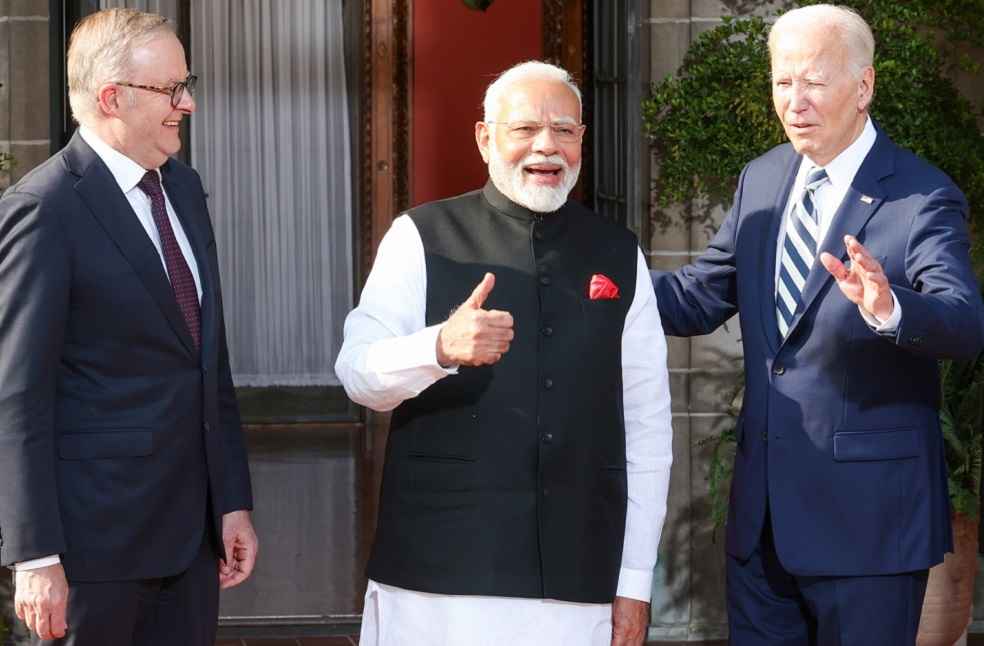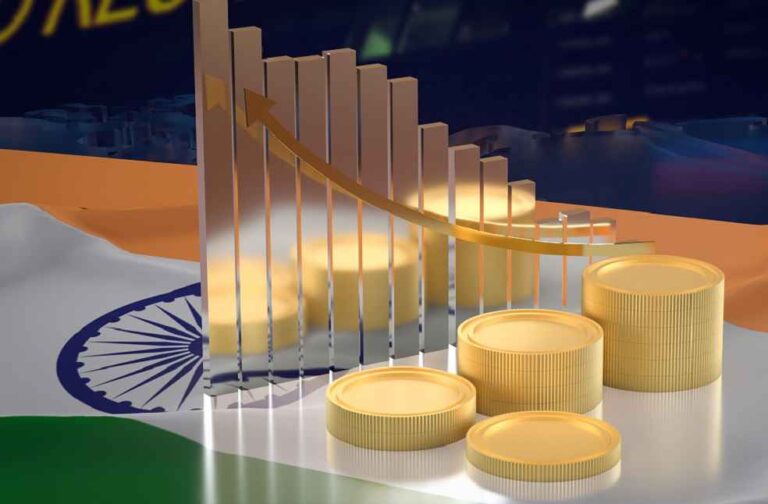For the first time in history, India’s foreign exchange reserves have surpassed $700 billion, making it the fourth country globally to achieve this feat. China ($3.28 trillion), Japan ($1.3 trillion), and Switzerland ($890 billion) are the only nations ahead of India in terms of foreign exchange reserves.
Russia, which previously held a higher position than India, now stands at $590.22 billion in reserves. The Reserve Bank of India (RBI) reported that India’s forex reserves rose by $12.6 billion during the week ending September 27, reaching a total of $704.8 billion. This represents the fifth-largest weekly increase on record.
The highest-ever weekly surge of $16.6 billion was recorded in August 2021. So far in 2024, India’s forex reserves have climbed by $117.9 billion, a notable accomplishment considering the ongoing global economic uncertainty. The recent increase in reserves was driven by a rise of $10 billion in foreign currency assets (FCA) and $2 billion in gold reserves.

The appreciation in the value of both the dollar and gold contributed to this gain. Currently, India’s foreign currency assets stand at $616.1 billion, while gold reserves are valued at $65.8 billion. Since Shaktikanta Das assumed the role of RBI Governor, the country’s forex reserves have risen by $298 billion, surpassing the previous record of $200 billion set under former Governor Y. V. Reddy.
A strong foreign exchange reserve reflects a nation’s economic stability. It helps prevent a sharp decline in the value of the domestic currency, ensures market stability, balances imports and exports, and controls inflation. The RBI often intervenes by selling dollars from the reserves to prevent a steep depreciation of the Indian rupee.
India’s current forex reserves are sufficient to cover the nation’s import needs for a full year, providing a buffer even during economic crises. In contrast, Pakistan’s forex reserves currently stand at $10.7 billion, which includes a $1.02 billion bailout package from the International Monetary Fund (IMF).

Foreign investments in India’s stock and bond markets also contribute to the growth in reserves. Although primarily denominated in US dollars, India’s reserves also include other major currencies such as euros, yen, and pounds. The reserves are composed of gold, IMF reserve positions (foreign currency India is entitled to access with the IMF), and Special Drawing Rights (SDRs), which are IMF-maintained foreign exchange assets.
MOST READ | Middle East Conflict Threatens Regional and Global Logistics



